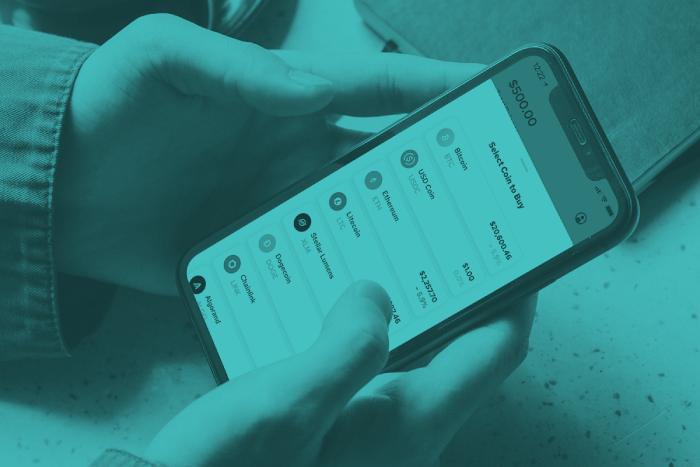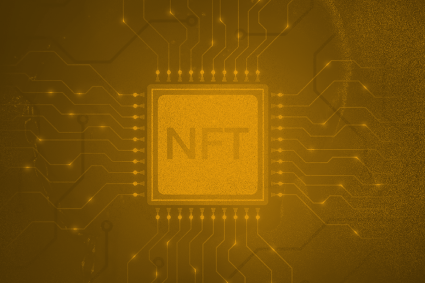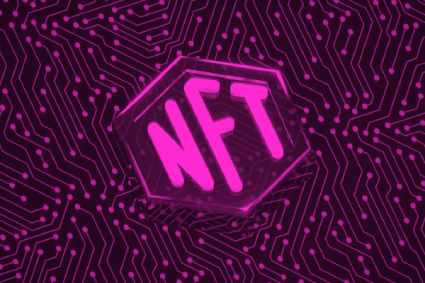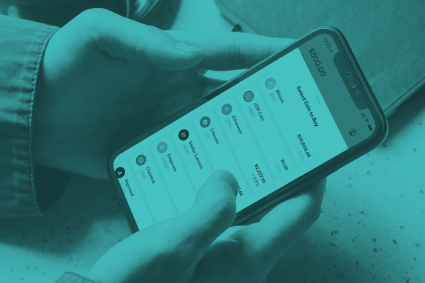Blockchain, or digital ledger technology, is a massive breakthrough in both tech and finance. For the first time, it allows vital data to be exchanged and confirmed without needing some kind of company, government, or authority in the mix.

Decentralized blockchain networks are constructed so that the network, composed of individual nodes, can verify and then add confirmed data (the block) to the auditable record (the chain).
So far, the most significant use case for blockchain is financial transactions. Major decentralized blockchains, such as Bitcoin and Ethereum, use computation and networking effects to turn the internet into a super secure global settlement layer.
The best way to understand the power and novelty of blockchain technology is to look at the processes involved in initiating a transaction. Of course, each blockchain is slightly different, but the general concepts translate across protocols.
Below are some critical components of a crypto transaction:
Crypto Wallets
A crypto wallet is a central hub for sending and receiving assets over a blockchain network. It’s easier to think of a crypto wallet as an email address and less like a wallet where funds are stored. Crypto funds aren’t stored in your wallet but on the blockchain. A wallet is a way of knowing who owns which part of the blockchain.
- A wallet address: A wallet address is usually a string (usually between 26 and 35) of numbers and letters — or a QR code — that can be shared widely and direct people to your wallet. Using our email example, this would be like the email handle. Wallets can have multiple addresses.
- A public key: This is a long string of numbers used to identify transactions on the publicly viewable blockchain. Public keys work with wallet addresses and private keys to create a transaction. Using the email example, a public address is like your email inbox, which you need to send and receive messages.
- A private key: A private key exists as a string of numbers and letters and allows access to the wallet’s funds. Transactions have to be signed by both the public and private keys to be valid. Going back to our email example, this would be like having the password to an account. The private key needs to be protected for the funds to be safe. Public keys have been getting easier to manage over time (companies are launching ways to make the long strings of public key data more user-friendly). Some wallet companies issue private keys as seed phrases or a series of words to help make the private key easier to document and recall.
There are two kinds of crypto wallet types — custodial and non-custodial. Each of them is explained below:
- A custodial wallet means that you do not hold the private key to the wallet. Most major crypto exchanges use a custodial wallet model. In some ways, custodial wallets are easier to use because you don’t need to worry about managing private keys. In addition, you can often contact some user support to help with password management issues. The downside is that there is tremendous risk in allowing a centralized exchange to hold your private keys. Three major exchanges went bankrupt in the past year, and users with account balances lost access to their funds.
- A non-custodial wallet allows users to control their private keys and the assets within the wallet. The upside is additional security and complete ownership. The downside is that a non-custodial wallet carries the management risk of setting up and not losing access (like losing a seed phrase or private key) to the wallet.
The best of both worlds involves using custodial wallet exchanges and services for transactions and having a longer-term non-custodial system for storage and security.
Transaction validation on the blockchain
When you send a crypto transaction from a wallet, you must first input the recipient’s public address. Then you input the transaction amount. Once you hit send, the transaction will be signed by your private key, and then the transaction details (the addresses and the amount involved) will be broadcast to the network and validated by network nodes.
During this step, the process becomes more blockchain-specific depending on the consensus system used. For example, Bitcoin uses proof-of-work, which relies on computationally-intensive nodes called miners to confirm transactions. Ethereum uses proof-of-stake, a capital-intensive way of selecting validator nodes. Both systems have built-in incentive structures, and the miners or validators work to earn rewards for each block (a group of transactions) that they validate on the blockchain. Block rewards come in the form of newly issued currency and transaction fees. There are other ways of finding decentralized consensus — or deciding which transactions are legit and which are not, but proof-of-work and proof-of-stake are the two most dominant.
Decentralized Consensus
The upside of decentralized consensus is that people can conduct peer-to-peer transactions over the internet without needing a centralized gatekeeper, like a payment app or credit card company. The downside is that decentralized consensus can take time. The average block time — or the time it takes for new blocks to become confirmed on the network — varies from chain to chain. Transactions on the Bitcoin Network take about ten minutes. Block times on the Ethereum network take between 10 to 20 seconds. But both networks can slow down during times of heavy use, which is why blockchain scaling solutions that balance speed with security are becoming increasingly important.
Why are there transaction fees?
Blockchain networks charge transaction fees, usually proportional to the size of transactions. Network fees help incentivize miners and validators for their upkeep services. They also reduce spammers taking up network resources. If you use a custodial service or exchange, the network fees will be handled by the provider and added to your transaction cost. Like confirmation times, network fees can change based on network demand.
The takeaway
Despite the growth and adoption of cryptocurrency, the basic steps involved in sending, receiving, and storing crypto assets can still feel complicated. Some of the complexity can be explained by how crypto systems are designed with an emphasis on security (like longer confirmation times and network fees).
But other times, some complexity comes down to bad user experience and a lack of good design. The good news is the design components, like easier-to-remember and input wallet addresses, are developing as more and more people are using crypto wallets for gaming, collectibles, and other digital services.
The biggest thing to remember about crypto transactions and the crypto space, in general, is that there are tradeoffs between easy-of-use and overall security.
But the trend of making crypto easier to use and more intuitive when transacting is underway, and new products and services that emphasize user experience are coming to market.



